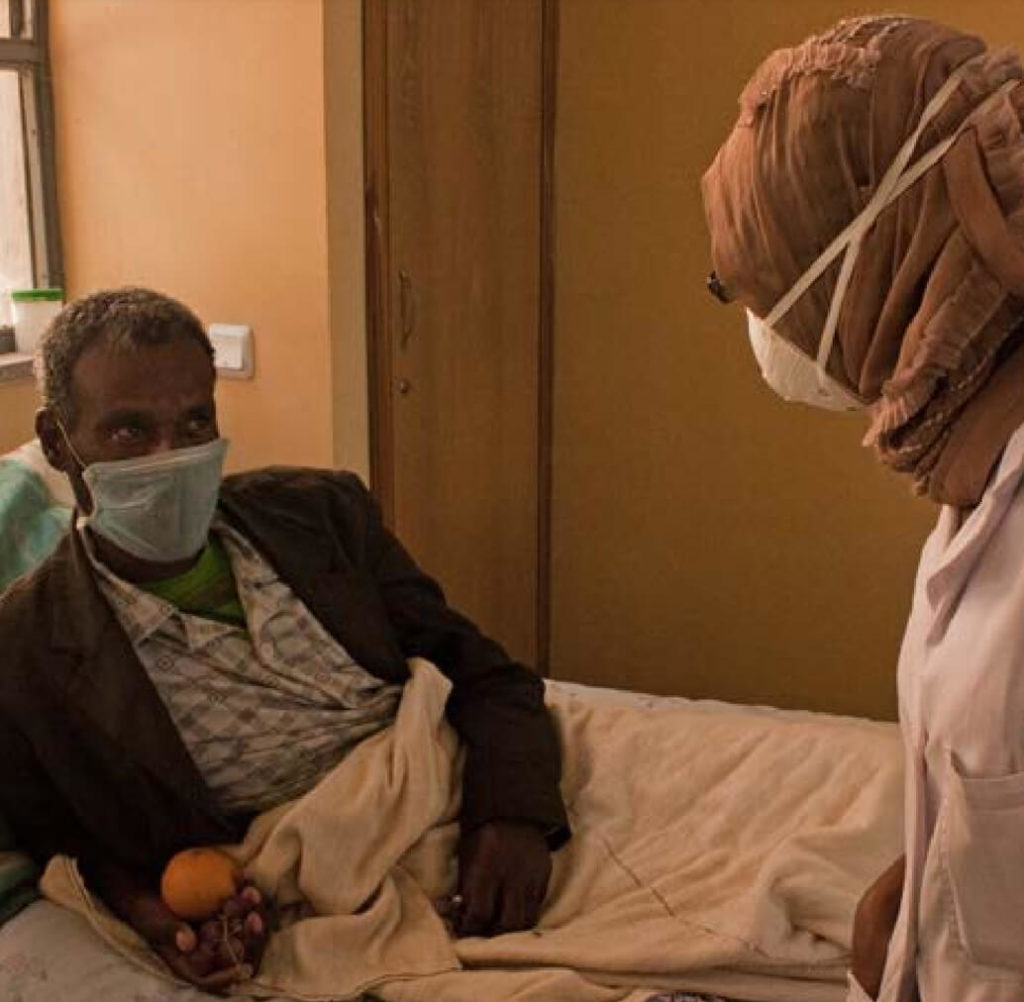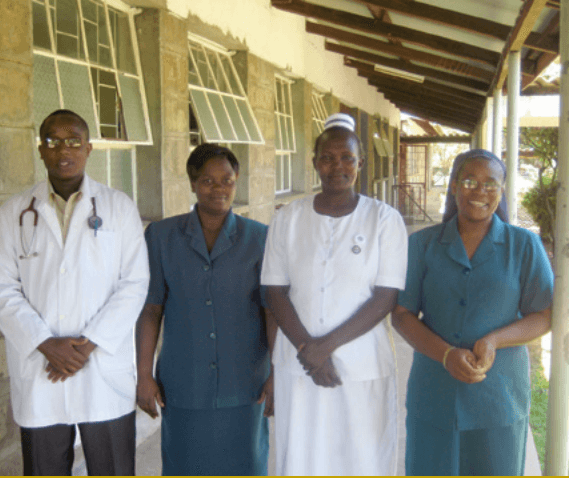The Economic Burden of Tuberculosis in Indonesia
The Economic Burden of Tuberculosis in Indonesia
Understanding the economic burden to society from a disease like TB is important as it can be used as evidence when advocating for greater investment. This report describes the development of a tool to estimate the economic burden of TB in Indonesia and the results stemming from its use. The development and use of the tool was requested by the Director of the National TB Control Program to assist with advocacy for greater resources.
In Indonesia in 2011 there were an estimated 441,940 new active TB cases of which 321,411 were treated for first-line TB and 4,267 new MDR-TB cases of which 286 started treatment. It is estimated that 286,560 of these cases would have been treated and cured, 59,662 would have self-cured and 95,718 would eventually die.
Based on this 2011 cohort the total number of years of life lost would be about 1.9 million and the total number of years of productive life lost would be about 1.5 million. The total economic burden would be roughly US$ 2.1 billion. Loss of productivity due to premature death would be by far the largest element, comprising 63% of the total cost. Loss of productivity due to disability, medical costs and direct non-medical costs incurred by patients and their households are likely to be 31%, 3.6% and 0.4% respectively of the total economic burden. Note that this is the economic burden that will be borne over a number of years related to the number of new infections in 2011.
The model shows that increasing the number of cases treated has a major impact on the economic burden. If, for example in 2011, the 2016 treatment targets could have been met, the TB treatment rate would have been 92.7% instead of 72.7% and the MDR-TB treatment rate would have been 31.4% instead of 6.7%. The resulting economic burden would have been only US$ 1.3 billion instead of US$ 2.1 billion. An investment of an additional US$ 35 million in medical costs (US$ 0.14 per capita) would have resulted in an overall saving of US$ 800 million (US$ 3.36 per capita). The number of TB-related deaths would have been reduced by 37% – from 95,718 to 59,876. This shows clearly value of investing in scaling up TB services.

